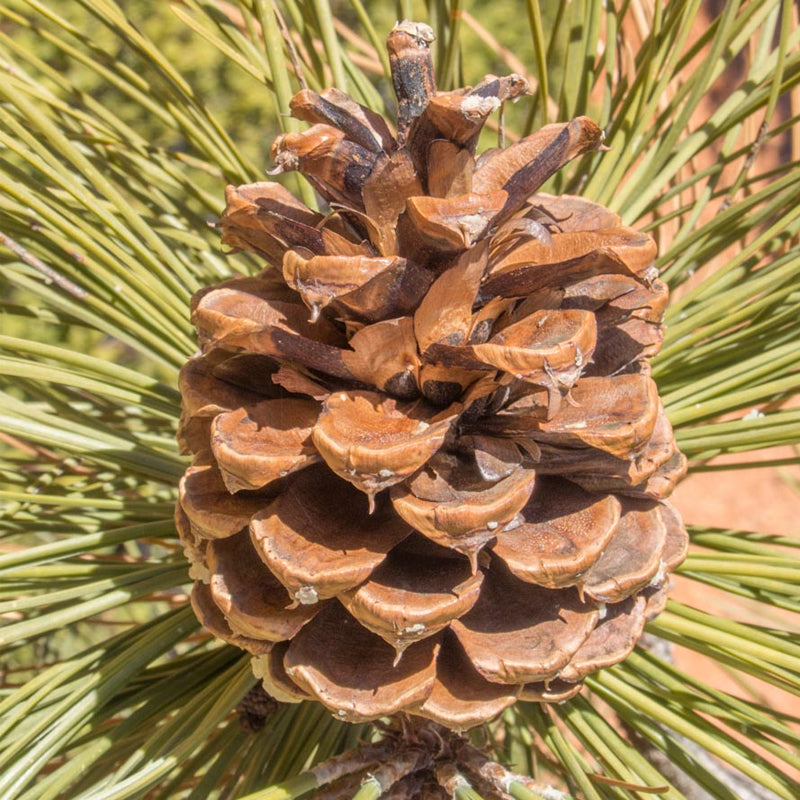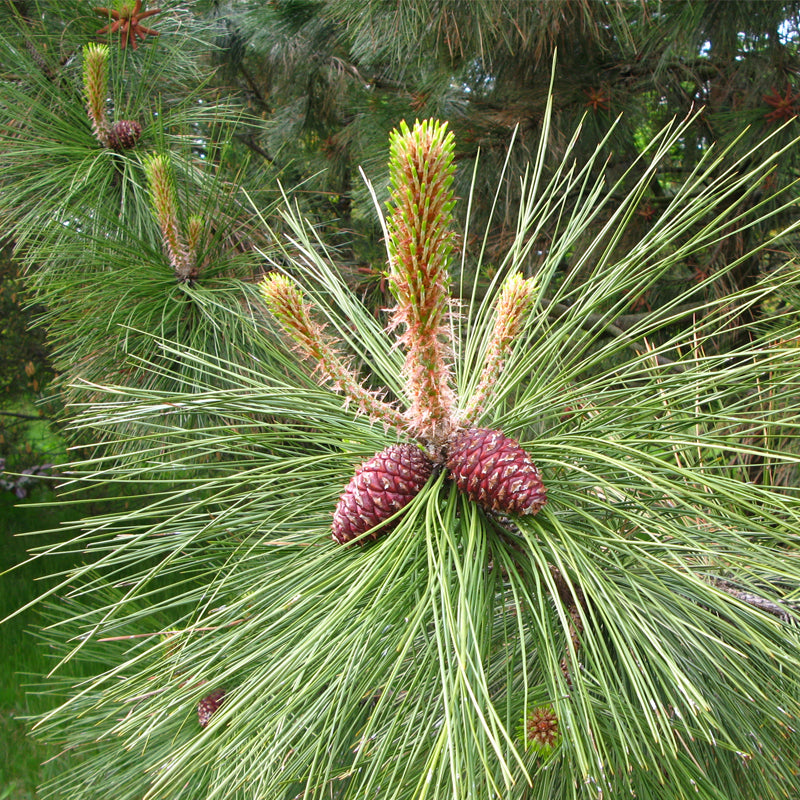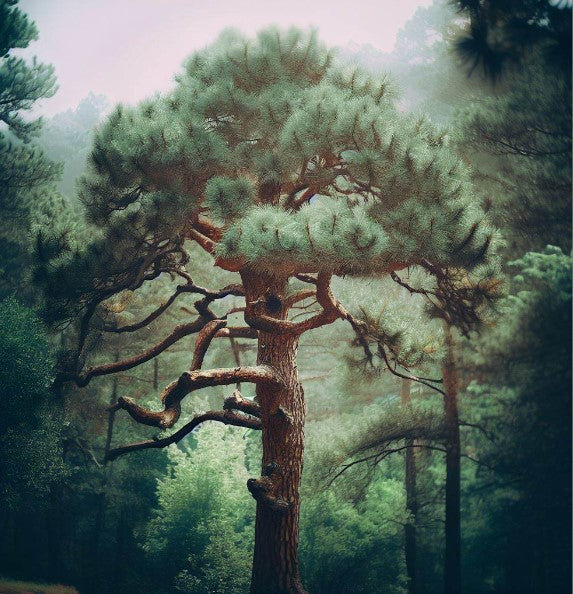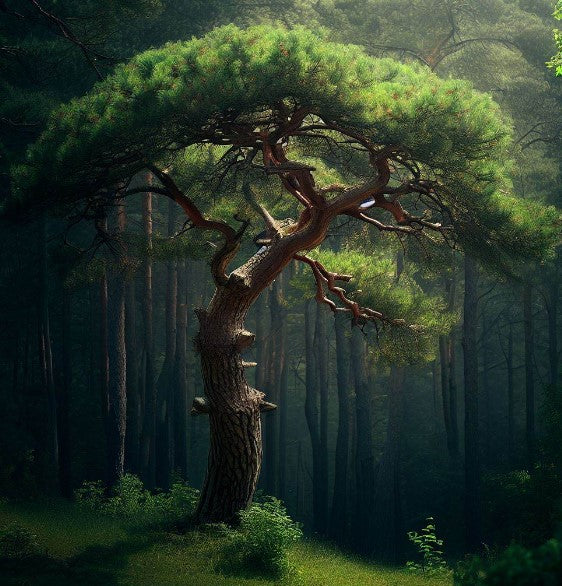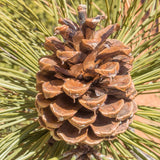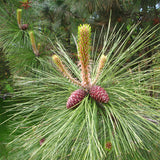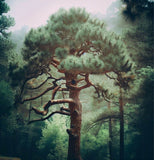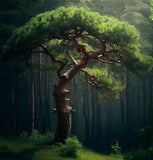Pinus ponderosa subsp. ponderosa (North Plateau Ponderosa Pine, Western Yellow Pine)
Pinus ponderosa subsp. ponderosa (North Plateau Ponderosa Pine, Western Yellow Pine) is a subspecies of Pinus ponderosa, a large and widely distributed pine tree species native to western North America. Western Yellow Pine is a tall and straight tree that can reach heights of 100 to 200 feet (30 to 60 meters) or more. It has a characteristic straight trunk with thick, scaly bark and a pyramidal or columnar crown. The tree develops a more irregular and open canopy with age.
Needles: The needles of Pinus ponderosa subsp. ponderosa are evergreen and occur in bundles of three. They are long, flexible, and usually measure between 5 to 10 inches (13 to 25 centimeters) in length. The needles are typically a vibrant green color.
Cones: The tree produces oval to cylindrical cones that are typically 2 to 4 inches (5 to 10 centimeters) long. The cones have woody scales and are initially green, turning brown as they mature. They usually persist on the tree for several years before releasing their seeds.
Bark: The bark of Western Yellow Pine is thick and deeply furrowed, with dark brown to blackish plates separated by deep grooves. The bark has a distinct scent, often described as vanilla or butterscotch.
Habitat and Distribution: Pinus ponderosa subsp. ponderosa is commonly found in the western United States, particularly in the Rocky Mountains and the Sierra Nevada mountain ranges. It is adapted to a variety of habitats, including dry and rocky soils. The subspecies prefers sunny and well-drained sites.
Uses: Western Yellow Pine has economic and ecological significance. The wood of the tree is used for various purposes, including construction, furniture, and woodworking. It is valued for its strength and durability. Additionally, the tree provides habitat for wildlife and contributes to the overall ecosystem health of the forests where it grows.
Pinus ponderosa subsp. ponderosa, the Western Yellow Pine, is a prominent and ecologically important tree in western North America. Its tall stature, distinctive bark, and long needles make it recognizable in its native range.
Botanical Name : Pinus ponderosa subsp. ponderosa
Common Name : Western Yellow Pine, North Plateau Ponderosa Pine
Height : 60- 100 ft
Spread : 40-50 ft
Germination Info : Seed requires 60 days cold moist stratification
Hardiness zone : 4-8
Average seed per ounce : Approx. 750

